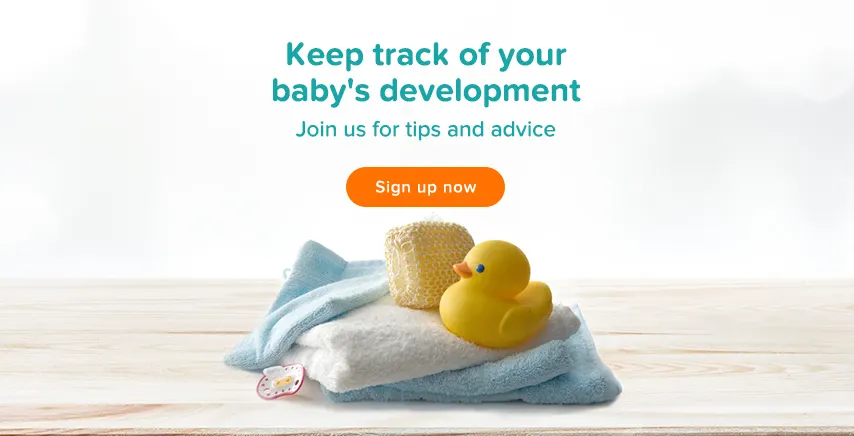Healing After Childbirth
Following your baby's birth, it's entirely natural that your body must go through a period of healing. How long this takes will depend on your general health, but it can be up to a year before your body completely returns to its pre-pregnancy state. You are likely to experience a number of postnatal discomforts in the weeks after birth and its important to seek medical advice if you are concerned.
After-pains and Involution
Soon after the baby is born, the placenta is expelled and the uterus contracts tightly to seal off the open blood vessels on the uterine wall. The area where the placenta was attached is very much like an open wound that needs to be healed. The uterine contractions, sometimes called 'after-pains,' may be felt as strong cramping sensations for the first couple of days. You'll also feel these sensations if you are breastfeeding as nipple stimulation promotes uterine contractions. Although painful, know that they are helping you to heal faster and that they will disappear. Pain relief medication can help if these cramps are too uncomfortable, consult with your health expert.
Discharge
It can take up to six weeks for the placental site to heal totally. During that time you'll notice a bloody vaginal discharge called lochia. It will be bright red for a day or two after birth, very much like a heavy menstrual period. It then decreases in amount and becomes a dark brown colour, then a pinkish discharge and sometimes by 10 days a slight white discharge. This signals that the placental site is completely healed. If you notice the discharge getting heavier rather than lighter, you develop tummy pains or it becomes smelly or you start to feel feverish and unwell, contact your midwife or GP immediately.
Incision site healing
Whether birth takes place vaginally or by Caesarean, there is likely to be an incision involved that requires healing. With a vaginal birth, you will probably have an episiotomy. This small incision, made to enlarge the vaginal opening just before the baby's head emerges, is then repaired with stitches. As with any incision, the healing of the episiotomy takes a couple of weeks. The body will absorb the stitches, but you may be tender or sore for the first week or so after birth. Infection is possible, but with good perineal care, it can usually be avoided.
If the birth is a Caesarean, the abdominal incision will take longer to heal – between four to six weeks and you will usually need pain relief medication. At first this will probably be a stronger narcotic analgesic drug that is likely to make you feel dizzy and sleepy. If the stitches are not self-absorbing, they will be removed about five days after birth.
Home healing tips:
There are many other ways you can help with the healing process at home:
To prevent infection of the episiotomy incision, change your sanitary pad often – at least every four to six hours. Cleanse the perineum after urinating or a bowel movement by pouring warm water over the area and patting dry with gauze pads. Remember to always wipe from front to back as well. Sit in a warm bath or use warm compresses to promote incision healing.
Do pelvic floor contract/release exercises – that will bring circulation to the area and promote healing.
Keep the Caesarean incision dressings clean and dry – and follow hospital care tips.
Eat a healthy diet – to support the healing process. Be sure you're getting protein, vitamins and lots of water.
Rest! – Don't do too much too quickly, even though you may feel good. Plan ahead so help with all your regular activities are available.
Sleep when the baby sleeps. – You can expect many nights of interrupted sleep and you'll need to make up for that by taking naps during the day. Aim to get as many hours of sleep in a 24-hour period of time (although broken into more segments) as you did before the baby was born, which is often easier said than done!.
When to call the healthcare provider
Contact your provider if you observe any of these signs, as they could indicate that healing is not progressing as it should, or that you're developing an infection:
A temperature above 37.8 °C or 100 °F that lasts for more than one day.
Bright red or heavy bleeding (lochia) after the fourth day post-partum, or very large blood clots in the lochia
Lochia that has a foul odour.
Pain in the lower abdominal area after the first few days after birth.
Signs of infection (redness, heat, swelling, an oozing discharge) at the site of the episiotomy or Caesarean incision.
Because having a baby is a normal process, not an illness, your body is programmed to heal quickly. If you follow these recommendations, you'll be amazed at how quickly you'll bounce back after your baby's delivery.

